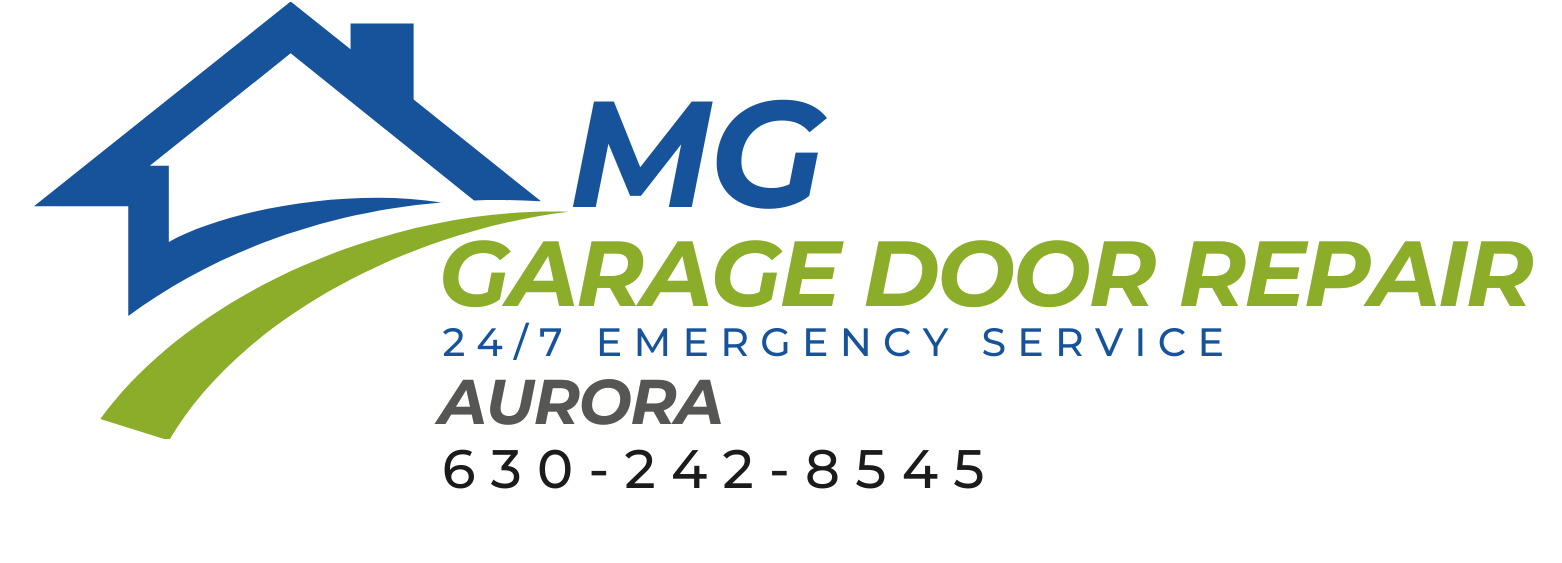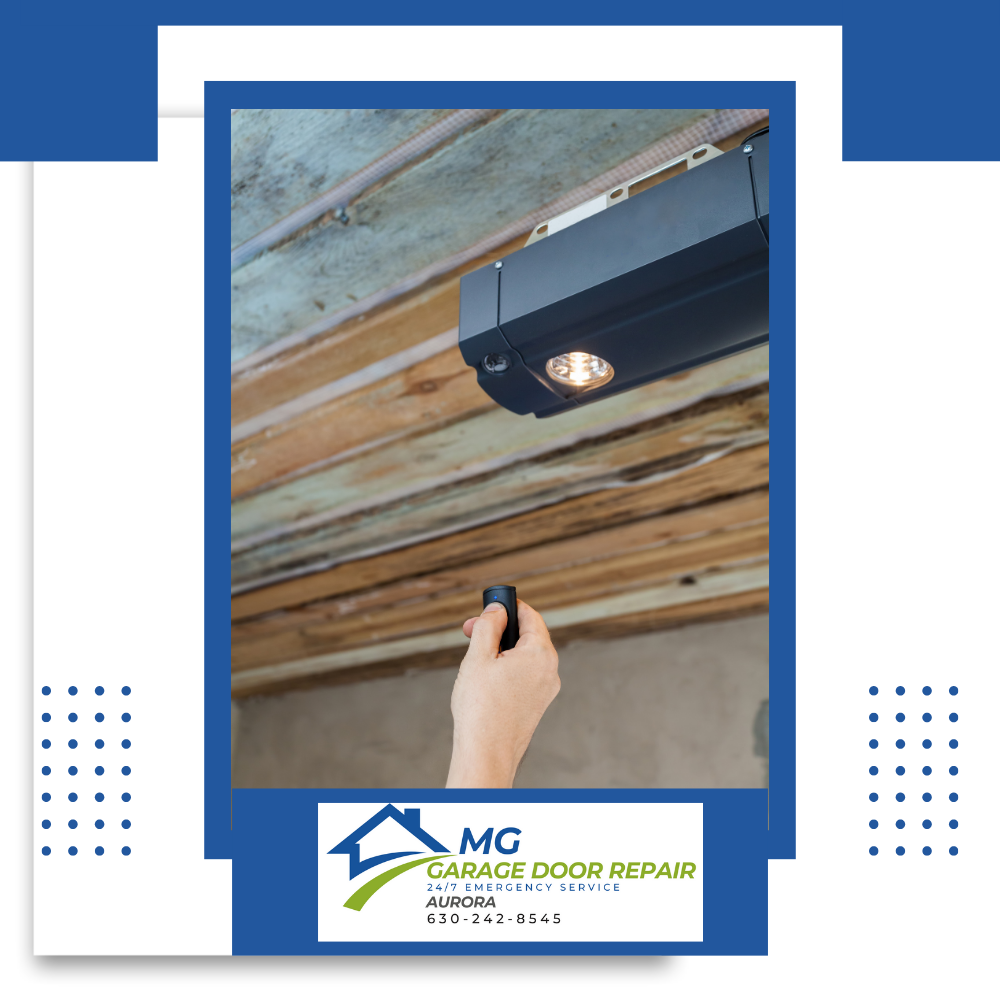Garage door installation might seem straightforward, but it’s a complex task that can lead to various pitfalls if not approached carefully. Whether you’re taking on the installation yourself or hiring a professional, understanding common mistakes can save you time, money, and frustration. Here’s what you need to know to avoid these common installation errors.
Incorrect Sizing and Measurements
One of the most frequent issues during garage door installation is incorrect sizing or mismeasuring the garage opening. Even a small mistake in width or height can lead to an ill-fitting door that compromises both function and security. To avoid this, double-check your measurements before ordering or installing the door. Ensuring accurate dimensions allows the door to fit perfectly, preventing issues like improper sealing or difficult operation.
Misaligned Tracks and Rollers
Another common problem in garage door installation is the misalignment of tracks and rollers. Misaligned tracks can cause the door to move unevenly or get stuck during operation, leading to premature wear and tear on the components. Ensuring the tracks are perfectly level and securely fastened is essential for smooth operation. Using a level and properly securing brackets can prevent this issue, allowing the door to glide seamlessly along the tracks.
Improper Spring Installation
Garage door springs play a crucial role in balancing the door’s weight, making it easy to open and close. However, improper installation of these springs can create serious problems. Too much or too little tension can result in a door that doesn’t operate correctly or, worse, becomes dangerous to use. Always follow the manufacturer’s guidelines when adjusting spring tension. If you’re unsure, consulting a professional ensures that the springs are set up safely and correctly, avoiding the risk of damage or injury.
Overlooking Safety Features
Many homeowners overlook the importance of safety features during garage door installation. Sensors and auto-reverse mechanisms are critical for ensuring that the door doesn’t close on objects, pets, or people. Failing to install or test these features can create safety hazards. Always check that the sensors are properly aligned and test the auto-reverse feature after installation to confirm it functions as intended, providing peace of mind and safety for your household.
Learn more:
Avoiding Garage Door Installation Errors: Expert Tips for Success

